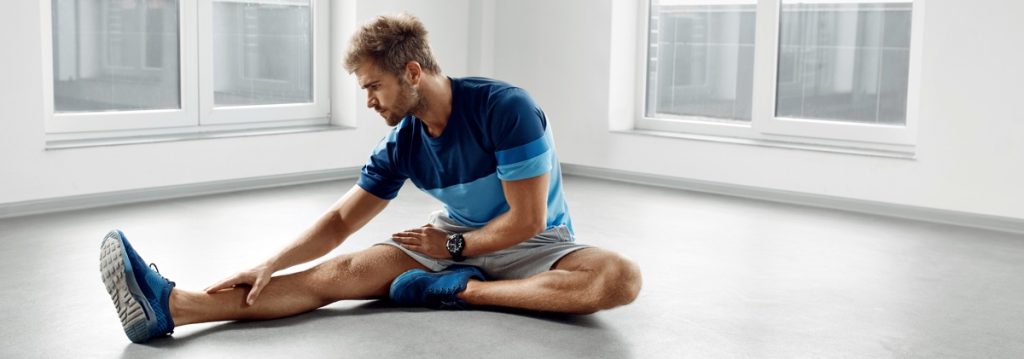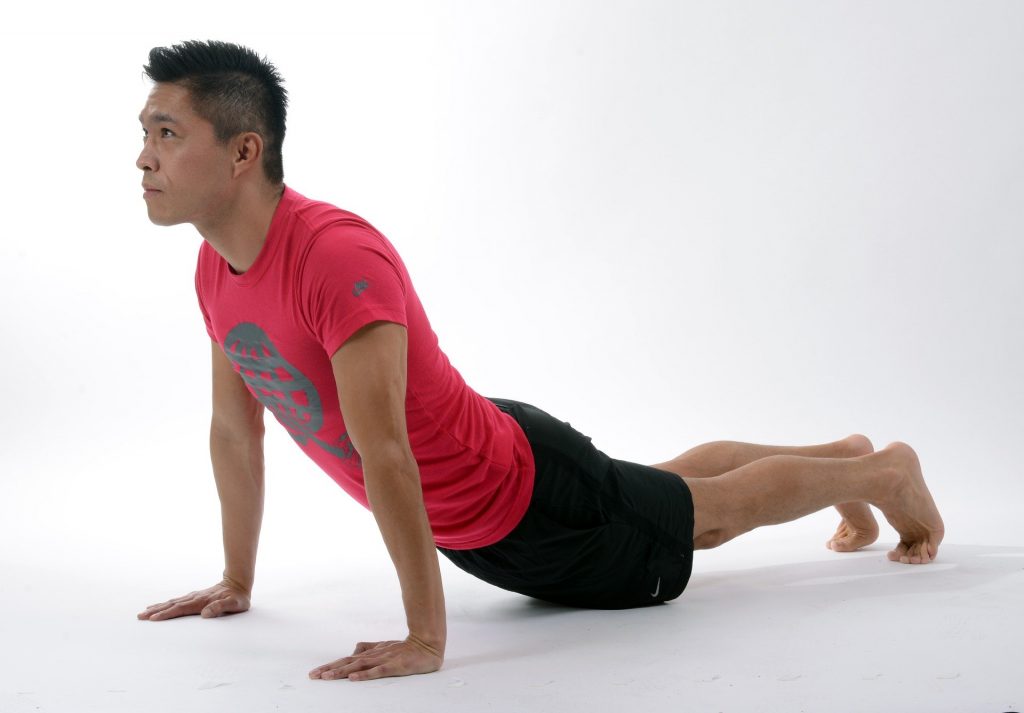To include movements devoted to stretching in your working day is an excellent habit to fight against stress and to prevent the onset of pain related to a prolonged static position. Find ideas for stretches to perform at the office and stay fit and relaxed in all circumstances despite a busy professional life.
Why do stretching exercises?

Stretching exercises have several health benefits:
- They limit the consequences of stress at work by activating the production of dopamine, often referred to as the pleasure hormone.
- They help prevent muscle pain, especially in the neck and lower back.
- They’re used to wake up the muscles and stimulate blood flow.
- They promote oxygenation and reduce the feeling of fatigue.
- They help to improve body posture by decreasing the risk of muscle contractures and aches and pains.
Stretching is, therefore, an asset to limit the risk of certain occupational diseases such as MSDs (musculoskeletal disorders), as well as the health consequences of an overly sedentary lifestyle.
Stretching at the office promotes relaxation at work

In Europe, nearly 50% of employees believe that stress is common in the workplace. Stretching at the office allows for a break and relaxation in order to continue the day feeling more rested and productive. Finding ways to relax during working hours is an interesting way to optimise your time spent at the office, which averages 36.4 hours per week.
Stretches are very simple to do in the office. They take only a few seconds and can be done several times a day, especially in times of stress. Choose a quiet moment to stretch for the best results. These movements will be particularly effective after you’ve been maintaining a stationary position over a long period of time.
Tips for relaxing and stretching at the office

If you stay in the same position at work for a long time, it is recommended that you take a break every 5 to 10 minutes, if possible by getting up and walking a little. Adopt a good working position and try to vary your activities as much as possible. If your job requires you to spend long periods of time in front of a screen, occasionally fix your eyes on a faraway object to rest them. These small breaks are also a great opportunity to stretch. Here are a few ideas for stretching at your desk:
- Sit with your elbows resting on your desk, join your hands flat, palm to palm, against your chest. Then lower your wrists towards the table until you feel a stretching sensation in your forearms, wrists and fingers. Your elbows may move slightly forward during this movement. Keep your fingers taut and stay in position for about 5 seconds. You can repeat the exercise 3 or 4 times in a row.
- Raise your shoulders as high as possible several times in a row to reduce the sensation of stiffness in the neck and shoulder areas. The high position can be maintained for a few seconds.
- Sitting or standing, join your hands together with your fingers crossed and raise them above your head with palms up, keeping your elbows straight. Still in the same position, oscillate from right to left to stretch the trunk muscles.
- Standing with your feet shoulder-width apart, raise one arm and bend it behind your back until it touches the area between your shoulder blades. Reach your bent elbow with the other hand and push it back slightly. Switch sides and repeat several times.
- To reduce tension in the lumbar muscles, sit in your desk chair, spreading your legs hip-width apart. Put your hands back and rest them on your lumbar vertebrae. Stretch with your head tilted back and hold for about 15 seconds.
Free apps exist to help you develop good habits and discover other stretches: set notifications for the frequency of your breaks and get ideas for exercises to help you relax at your workplace. Working on your breathing is also a good way to fight stress and stay in shape.
Check out our Health & Fitness page for more advice.
